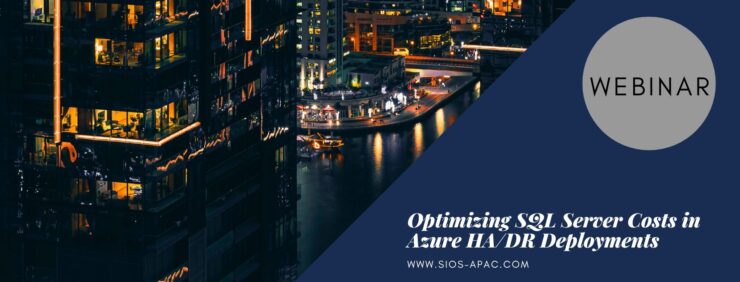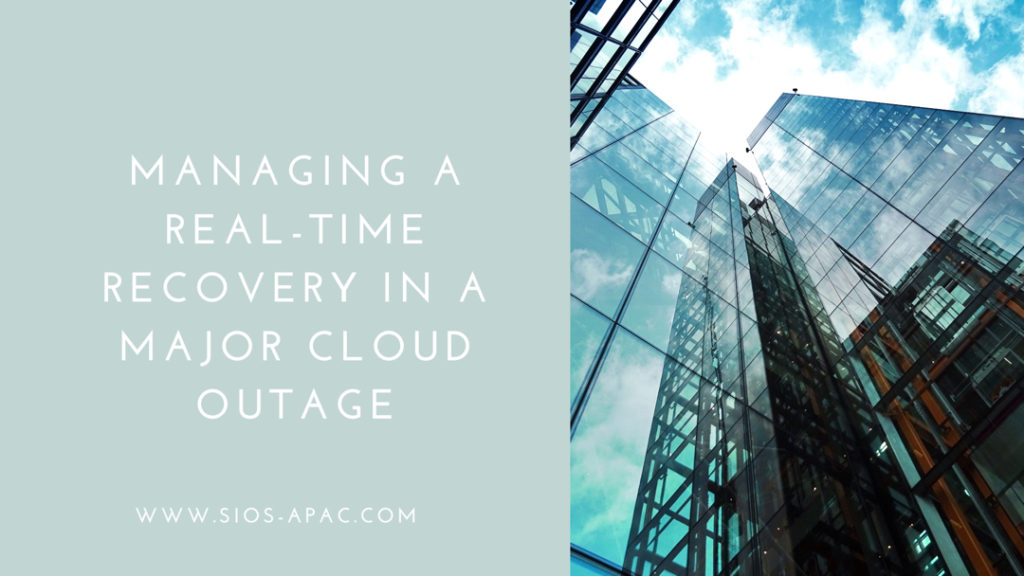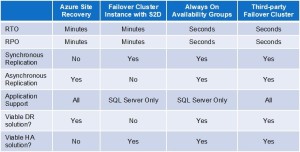Webinar: Optimizing SQL Server Costs in Azure HA/DR Deployments
Register for the On-Demand Webinar
One of the challenges with moving to Azure is keeping monthly costs in check. Several Azure services are offered for SQL Server, but you need to be aware of what services you really need and how these fit into your SQL Server cloud strategy.
In this webinar, we delve into High Availability (HA) and Disaster Recovery (DR) for SQL Server deployments in Azure, focusing on cost-efficient methodologies. The session aims to provide a comprehensive understanding and practical demonstrations of three key technologies: Basic Availability Groups, SQL Server Failover Cluster Instances (FCI) with Azure Shared Disks, and Azure Site Recovery. You will gain insights into each method’s architecture, setup, and operational nuances.
We will specifically emphasize optimizing costs without compromising reliability and performance. The session is structured to benefit both newcomers and seasoned professionals in the field of cloud-based SQL Server deployments. By the end of this session, participants will be equipped with the knowledge to make informed decisions about HA/DR strategies in Azure, ensuring both economic efficiency and robustness in their SQL Server environments.
Reproduced with permission from SIOS



